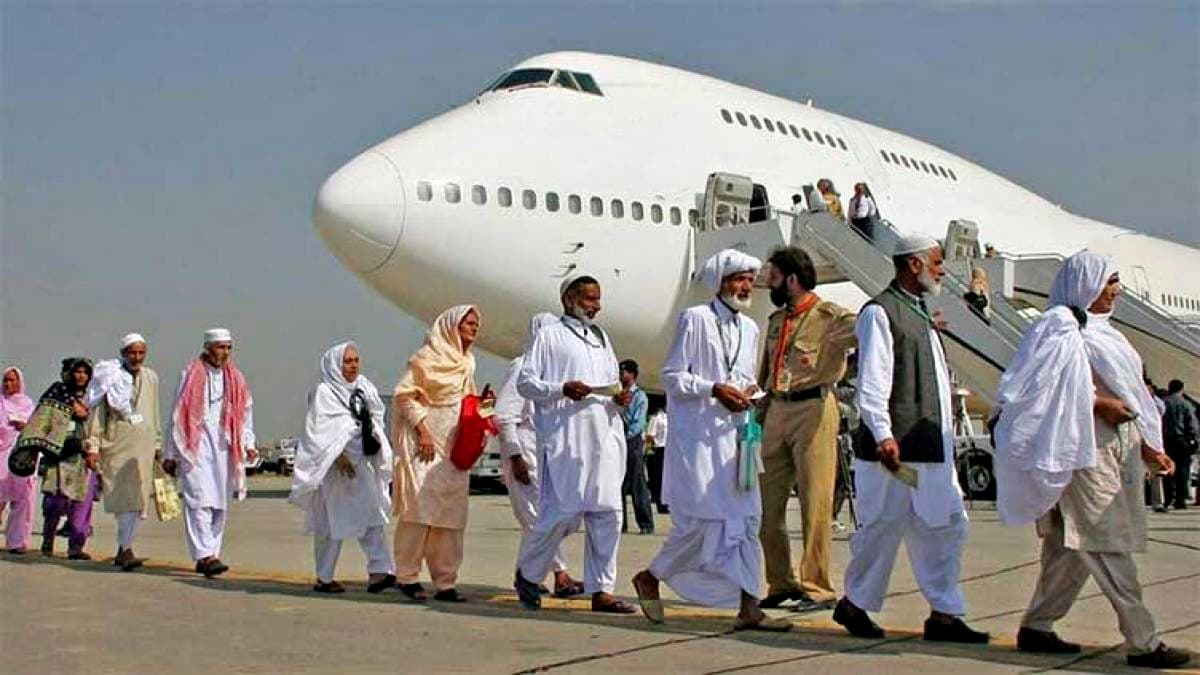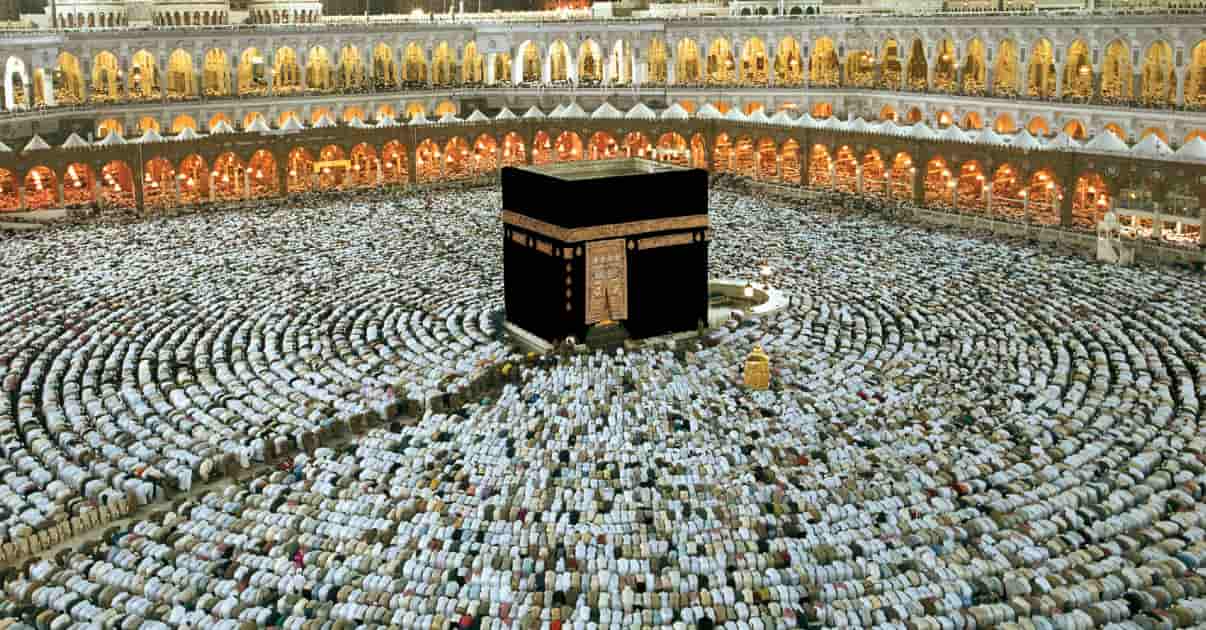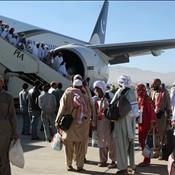
An effort to understand the ancient environment and how that environment changed over the time, lead the researchers to conduct a research in Umm Jirsan and thereby; Umm Jirsan lava tube site was first investigated in 2007, by John Pint and members of the Saudi Geological Survey. But the researchers said that they heard growling from the inside and thus according to a mutual decision they refused to travel deep into the cavern. Travel to Saudi through Uzbikistan.
In 2019, a study referred this place as a “wolf den”, due to the massive accumulation of bones there. The western passage of this lava tube can be broken down into three chambers. The first part of the tube referred to as “front chamber”, is completely covered in bones, including a number of distinct extremely dense concentrations, and at the top a large area of rock fall that rises a number of meters above the base of the lava tube. The second part “windy chamber”, is at the northward and over the rockfall where the lava tube forms an overhang, atop of which is a sparse accumulation of bone and a tight passage further leading to this chamber. The third part is referred as “back chamber”, and is at westward of the tube, and below the overhang leads to a small distinct chamber which contains an significantly dense accumulation of bones and is where the present study was conducted.
Massive pile of bones has been discovered covering the floor of dried-up lava tube, in the city of Umm Jirsan, in the north western Saudi Arabia. Hyenas have been discovered, using these lava caverns to store their tens of thousands of kills dated to several eras spanning over, 7000 years ago. According to researchers Hyenas have been feasting ground for thousands of years and the bed of bones in the lava tube, consists of 40 different species including horses, rodents, cattle, dogs, gazelle, caprids, donkeys, humans and even other hyenas. Read what countries require travel insurance in 2022.
The accumulation of the bones over thousands of years shows that the lava tube makes for “excellent conditions for preservation of bone,” scientist Stewie Stewart said in a Twitter thread. He added, “In a region where bone preservation is very, very poor, sites like Umm Jirsan offer an exciting new resource”.
Human Cranial remains and Striped Hyenas Remains:
Three human cranial remains were also found from the den. Striped hyenas are nocturnal and also frequent looters of human grave sites, and human cranial remains are a usual feature of striped hyena dens, and also they are keen hoarders of bones, which they transport to dens to be eaten, provisioned for periods of food unavailability or to be processed and fed to young.
They have very powerful masticatory muscles that enable them to efficiently break and open the limb bones of animals and are also apt of digesting parts like hooves, horns, ligament and even hair; that most of the animals cannot digest. A total of 1917 bones were collected from the den and from which 1073 were identifiable to a specific skeletal element, and the radiocarbon dating 13 samples showed that some of these bones were about 6839 years old. 42% of the bones from the sample showed the evidence of carnivore processing, that includes gnaw marks, gastric etching, and rounding from licking. According to the studies, it is believed that hyenas have transported the full body of small animals to the tube, while from larger animals only nutritional limbs were brought back to lava tube.
The Harrat Khaybar lava tubes that are about 1.5Km long, with their massive and oddly preserved carnivore stockpiling, represents that, it isn’t exploited yet by mankind, and also bone and fossil preservation is poor in this region. These types of sites have the potential to inform on the paleoecology and prehistory of this understudied region. Although focusing primarily on striped hyena taphonomy, the present study hints that donkeys have been an important livestock in this region thousands of years ago, but the veil from this mystery is yet to be lifted.
;
More Travel News
-
 15-Nov-2019Get E-Visa for Saudi Arabia
15-Nov-2019Get E-Visa for Saudi Arabia -
 12-Mar-2025Flight & Hotel Prices Surge for Ramzan 2025 Umrah – Book Early to Save
12-Mar-2025Flight & Hotel Prices Surge for Ramzan 2025 Umrah – Book Early to Save -
 31-Jul-2019The World Is A Book And Those Who Do Not Travel Read Only One Page
31-Jul-2019The World Is A Book And Those Who Do Not Travel Read Only One Page -
 11-Mar-2025Affordable Umrah Trips: 15-Day Packages with Exclusive Discounts
11-Mar-2025Affordable Umrah Trips: 15-Day Packages with Exclusive Discounts -
 24-Jan-2025Last Date for Entry into Saudi Arabia Announced for Umrah Pilgrims 2025
24-Jan-2025Last Date for Entry into Saudi Arabia Announced for Umrah Pilgrims 2025 -
 04-Sep-2023Lahore To Jeddah Flight Ticket Price Updates
04-Sep-2023Lahore To Jeddah Flight Ticket Price Updates -
 06-Jun-2020UNWTO Says the Travelling Would Slowly Start Throughout the World
06-Jun-2020UNWTO Says the Travelling Would Slowly Start Throughout the World -
 17-Dec-2024Hajj 2025: Final Deadline for Applications Today
17-Dec-2024Hajj 2025: Final Deadline for Applications Today
